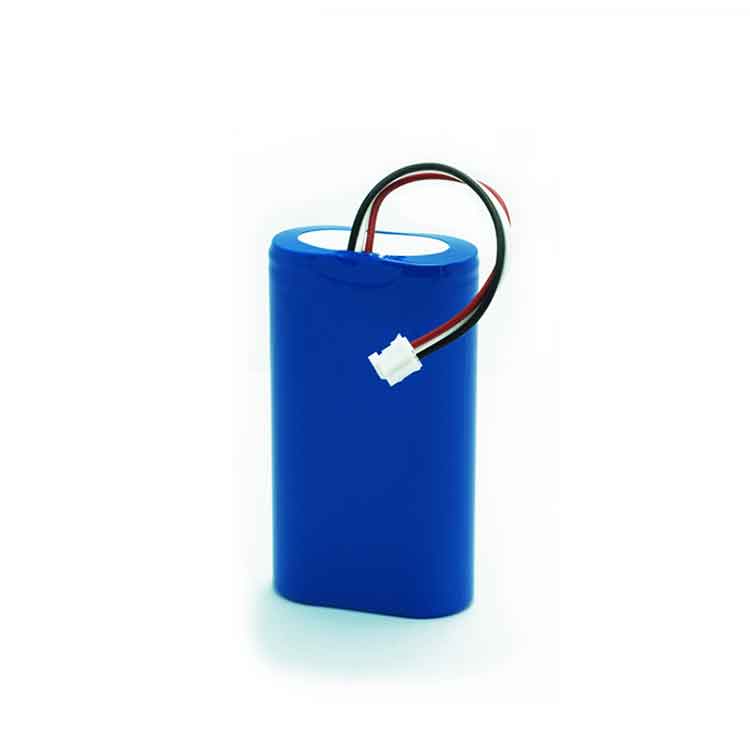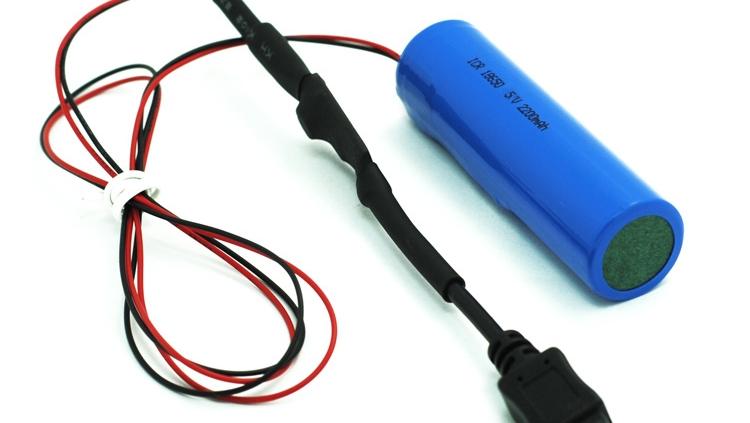Li-ion Battery Pack Manufacturing
Li-ion batteries have become the dominant power source for portable electronic devices and electric vehicles due to their high energy density, long cycle life, and low self-discharge rate. The demand for li-ion battery packs, which are the energy storage units of these devices, is continuously growing. Therefore, the li-ion battery pack manufacturing process is crucial in ensuring their performance, safety, and reliability. This article provides an overview of the manufacturing process of li-ion battery packs.
Raw Material Procurement
The first step in the li-ion battery pack manufacturing is the procurement of raw materials. These raw materials include lithium, cobalt, nickel, graphite, and others. Lithium is the active material in li-ion batteries that enables the storage and release of energy. Cobalt and nickel are used as cathode materials to enhance the energy density of the battery. Graphite is used as the anode material and helps maintain the stability of the battery’s electrolyte.
Cell Assembly
The next step in the manufacturing process is cell assembly. In this step, the positive and negative electrodes, separator, and electrolyte are combined to form individual li-ion cells. These cells are then sealed in a casing to prevent any leakage or contamination.
Battery Pack Assembly
In the battery pack assembly stage, multiple li-ion cells are connected together to form a battery pack. These battery packs are then integrated with the necessary hardware such as battery management systems (BMS) and wired to the external circuitry. The BMS monitors the temperature, voltage, and current of the battery cells to ensure safe operation and maintain optimal performance.

Testing and Validation
After the battery pack assembly is completed, the battery packs undergo various tests and validations to ensure their performance and safety. These tests include capacity testing, cycle-life testing, safety testing, and reliability testing. The results of these tests are crucial in ensuring that the battery packs meet the specified performance standards and are safe for use in the intended application.
Final Assembly
In the final assembly stage, the battery packs are integrated into the final product. This may involve integrating the battery pack with the device’s circuitry and/or mechanical components to create a finished product that is ready for use.
Conclusion
The li-ion battery pack manufacturing is a complex process that involves multiple stages and various technologies. The process starts with raw material procurement and continues through cell and battery pack assembly, testing and validation, and final assembly. Each stage is crucial in ensuring that the final product meets the specified performance standards and is safe for use. With the increasing demand for li-ion battery packs for various applications, it is essential to have a comprehensive understanding of this manufacturing process to ensure reliable and sustainable production.
If you have any question, please feel free to contact us:
- Name: Dawn Zeng (Director)
- E-mail address: sales@himaxelectronics.com



